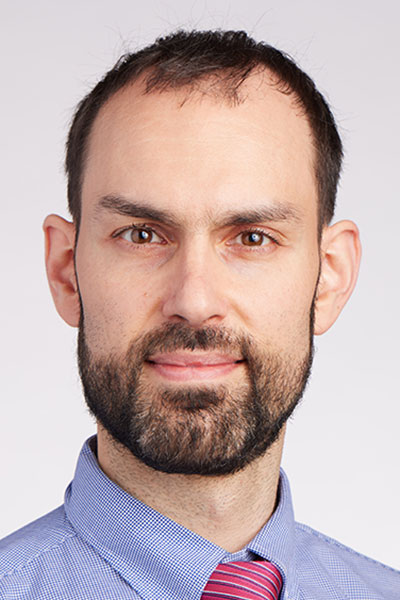There is an increasing amount of evidence on the cardiovascular benefits of sodium-glucose cotransporter 2 (SGLT2) inhibitors and glucagon-like peptide 1 (GLP-1) receptor agonists in patients with type 2 diabetes and with or at high risk for atherosclerotic cardiovascular disease (CVD).
The Monday, June 26, symposium SGLT2i and GLP-1RA in Cardiovascular Disease—An Update for Clinical Practice in 2023 will address how these two drug classes are changing the treatment of type 2 diabetes and reducing associated CVD risk. The symposium will be held at 8:00 a.m. PT in Room 28 of the San Diego Convention Center. It also will be available via livestream for registered meeting participants.

“These two classes of medication have completely revolutionized the care of patients with type 2 diabetes who have or are at high risk for atherosclerotic CVD and heart failure,” said cardiologist Darren K. McGuire, MD, MHSc, Distinguished Teaching Professor and the Jere H. Mitchell, M.D. Distinguished Chair in Cardiovascular Science, University of Texas Southwestern Medical Center.
Dr. McGuire will provide a summary of topline results of some of the completed CVD trials related to these drugs and highlight usage recommendations from endocrine, diabetes, and cardiology societies. He also will discuss the work that needs to be done to get these medications to the patients who will benefit the most from them.
“We have to continue to work across disciplines to share the care of these patients and all take some responsibility for applying evidence for cardiovascular risk reduction,” he said.
Carlos Santos-Gallego, MD, Instructor of Cardiology, Icahn School of Medicine at Mount Sinai, will provide more specifics on the most up-to-date information on SGLT2 inhibitors in heart failure (HF).
“In 2020, SGLT2 inhibitors were the first drug in the history of medicine to demonstrate efficacy for HF with preserved ejection fraction,” Dr. Santos-Gallego said. This was the third of three major “revolutions” seen with SGLT2 inhibitors, he said.

First, SGLT2 inhibitors were shown to prevent HF in patients with type 2 diabetes. Second, they demonstrated efficacy as a treatment—not only a prevention—in patients with HF independently of diabetes status. Finally, SGLT2 inhibitors showed efficacy for HF with reduced ejection fraction and preserved ejection fraction.
Dr. Santos-Gallego will also review a new addition to this drug family, sotagliflozin, which provides dual SGLT1/2 inhibition, not only SGLT2 blockade. Sotagliflozin was approved by the U.S. Food and Drug Administration in May for treatment of HF independently of ejection fraction.
Additionally, Dr. Santos-Gallego will discuss these indications for SGLT2 inhibitors and the potential mechanisms of action.
“This is very tantalizing because we do not really know why these drugs work,” he said. “We know the basic mechanisms. We know why they work for diabetes, but it is not clear why they work for the other indications.”
Dr. Santos-Gallego will share his hypothesis, as well as some other existing hypotheses, as to why this drug class may work for HF.

Pam R. Taub, MD, FACC, FASPC, Director of the Step Family Foundation Cardiovascular Rehabilitation and Wellness Center and Professor of Medicine, University of California San Diego Health System, will provide an update on the use of GLP-1 receptor agonists in atherosclerotic CVD.
“GLP-1 receptor agonists are powerful drugs that should be utilized in the right populations,” Dr. Taub said. “They are also pleiotropic drugs that have a lot of benefits, including lowering A1C in diabetes, weight loss, decreasing cardiovascular events, and possibly improving aspects of HF and fatty liver disease.”
Dr. Taub will provide an update on many of the clinical trials involving GLP-1 receptor agonists, including the older trials that established the drug class and studies looking at these agents for new indications.
“There is even a new clinical trial on how these drugs could impact Alzheimer’s disease, which many people don’t appreciate is thought to be a state of insulin resistance in the brain,” Dr. Taub said. “People who come to the session will gain a better understanding that if you are talking about a drug class that provides multiple benefits, that drug class is a GLP-1 receptor agonist.”

